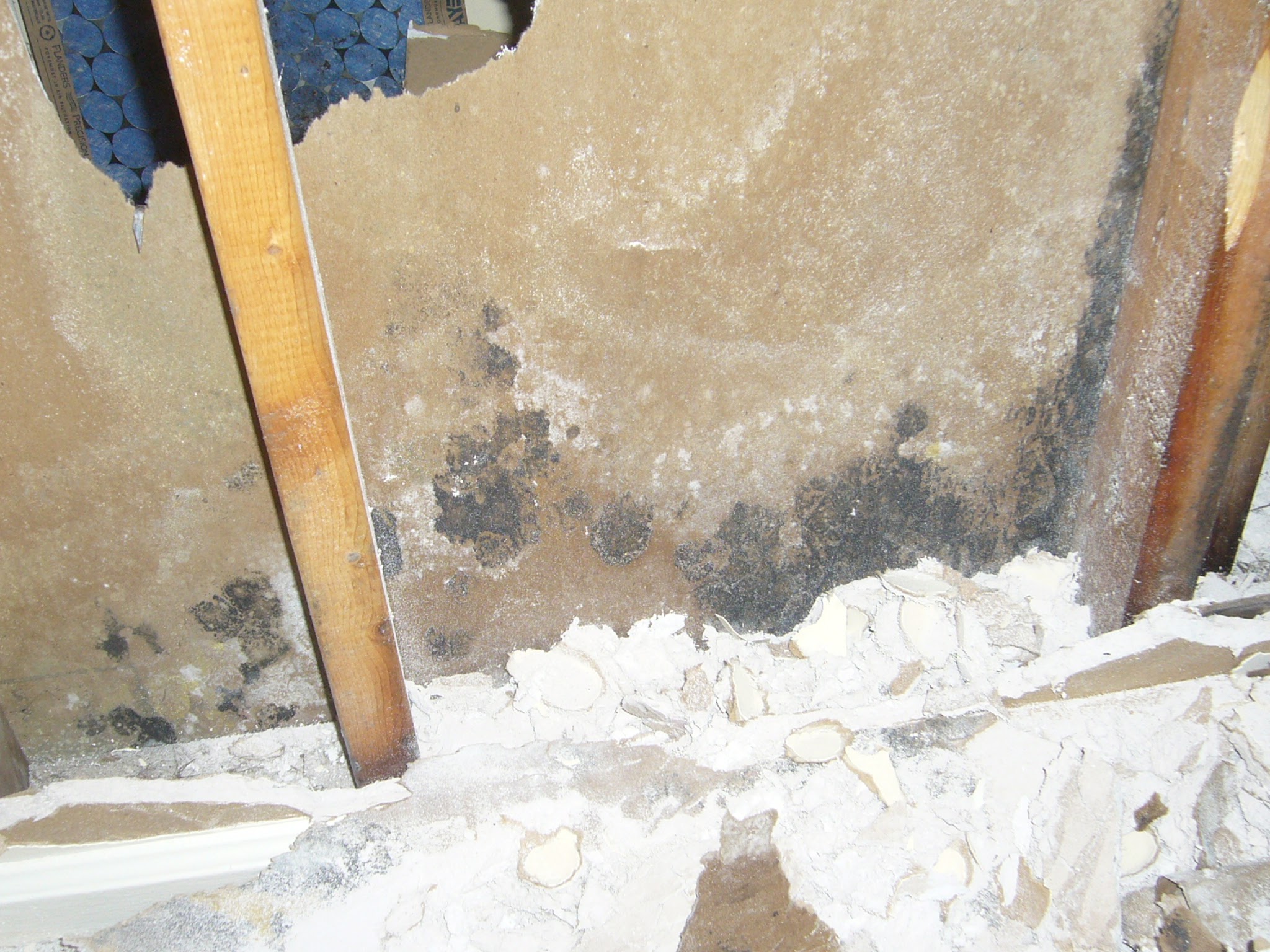Ways to Fix a Water-Damaged Wall in the Bathroom
Ways to Fix a Water-Damaged Wall in the Bathroom
Blog Article
This great article below about Looking for Signs of Water Damage in the Bathroom is particularly captivating. Don't overlook it.

The restroom is very vulnerable for moist build-up and also potential water damage as a result of the frequent use of water in it. This post offers easy assessment strategies to help finding water damages hazards.
The regular use water in the washroom makes it exceptionally vulnerable for damp build-up and also potential water damage. By examining it on a regular basis, you can reduce water related damages.
The complying with collection of examinations is easy to perform and must be done when in every 3 months in order to maintain your bathroom in good shape and to avoid prospective water problems triggered by the bath tub, the shower, pipeline joints and also plumbing, sinks, closets, and the toilet
Do not neglect carrying out these evaluations as well as be extensive while doing them. Remember that these basic examinations can conserve you a great deal of cash by giving very early signs for water damages
Sinks and also Cabinets
Sinks and also cupboards are subjected to wetness as well as humidity everyday as well as are typically neglected. Examine routinely under the sink and on the countertop over it. Repair any drip in the trap as it may recommend drainpipe troubles. Browse the sink, sluggish draining pipes may indicate an obstructed drainpipe. Change sink seals if they are broken or loose.
Bathtub and also Shower
The shower and also bath tub call for special attention and upkeep. Examine the ceramic tiles as well as replace if fractured. See to it that there is no missing out on grout between the floor tiles. Evaluate and also replace broken caulking at joints where the walls fulfill the flooring or the bathtub. Clogged drains pipes as well as pipes troubles will certainly avoid the bathtub from drying out as well as may show severe problems beneath the bath tub. Speak with a professional quickly to avoid structural damages. Focus on discolorations or soft locations around the tub walls as they might indicate an inner leakage.
Plumbing
Signs for water damage are tough to discover since a lot of pipes are mounted inside the walls.
Pay unique interest to flooring and also walls dampness as well as discolorations as they may show an undetectable plumbing problem. Inspect moisture degrees in adjoining areas as well.
The Commode
The toilet is a prone water junction. Examine the water lines and look for leaks around the bathroom seat, in the hose, as well as under the water tank. If you find any indications of dampness on the floor around the commode, check for leakages in the toilet rim as well as container seals.
Understand that hanging commode bowl antiperspirants raises the possibilities for obstructions.
TIPS TO PREVENT WATER DAMAGE IN THE BATHROOM
The average household uses approximately 80-100 gallons of water per person per day. For a family of 4, that's almost 2,500 gallons of water a week! The largest portion of this consumption comes from bathroom use. Flushing the toilet uses the most water, followed by taking a shower or bath. With that much water running through the home, water damage in the bathroom is bound to happen. Knowing how to spot signs of a water leak is essential to preventing long-term damage. This guide provides you with tips to reduce the impact of water damage on your bathroom.
CAUSES OF BATHROOM WATER DAMAGE
Pipe breaks are the most common cause of water damage we see in our daily jobs. The age of a pipe plays a large role in a pipe break as well as corrosion. Over time, the metal begins to break down, allowing water to escape. Frozen pipe breaks are also a concern in the winter months. Toilet overflows caused by paper products or children flushing inappropriate items. Degraded caulking around the toilet or bathtub can allow water seepage, sometimes behind the fixture, into the subfloor or walls. Condensation forms when the water in a pipe is cooler than the air temperature. Beads of water form on the exterior of the pipes, sometimes so much so that the water begins to drip and pool below. Sink or shower backups created by poor drainage. HOW TO PREVENT WATER DAMAGE IN YOUR BATHROOM
Inspect your toilet supply line for worn or frayed hoses and replace them as needed. Winterize your plumbing to prevent a frozen pipe break. Use vent fans to prevent condensation that can lead to mold growth. Routinely check and replace degraded caulking around your toilet or bathtub. Increase the temperature in your toilet tank and insulate your pipes during the warm summer months to keep condensation from forming. Use child safety locks on the toilets. Flush only toilet paper. "Flushable" wet wipes are actually not good for your plumbing system. Additionally, feminine hygiene products should not be flushed. Prevent water from escaping the tub or shower. Make sure shower curtains are in good condition. Inspect shower doors and replace the seal strip if necessary. Wipe up any water that accumulates on the floor and use bath mats. Water left to sit can cause damage to the tiles and flooring. Refrain from using bath products containing heavy oils to avoid a clogged drain.

Do you appreciate more info about Looking for Signs of Water Damage in the Bathroom? Try to leave feedback further down. We would be glad to find out your reactions about this write up. We are looking forward that you come back again soon. Sharing is good. Helping others is fun. Thanks for your time. Don't forget to stop by our site back soon.
Schedule Appointment Report this page